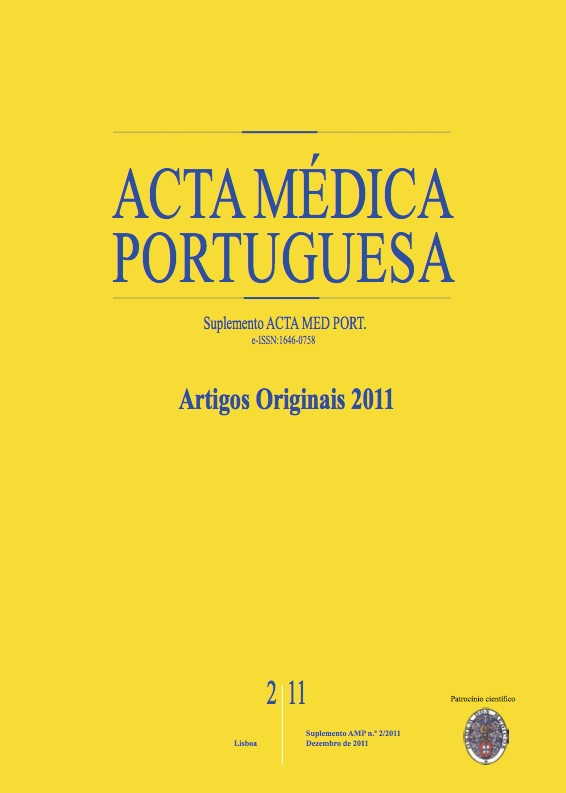Comparative study of transvaginal sonography and outpatient hysteroscopy for the detection of intrauterine diseases.
DOI:
https://doi.org/10.20344/amp.1526Abstract
Intrauterine diseases are common morbid disorders. Endometrial and endocervical polyps, myomas, synechiae, uterine malformations, endometrial hyperplasia and endometrial cancer are cited among intrauterine pathology. The investigations using transvaginal sonography and outpatient hysteroscopy had been a gold standard. Transvaginal sonography shows endometrial thickness and heterogeneous variations within the echogenecity of the endometrium uterine pathology. Transvaginal sonography is easy to apply for evaluation of intrauterine pathology and it has high sensitivity to diagnostic for intrauterine disorders. Hysteroscopy was used the gold standard control. It permitted the better identification of intrauterine pathology but the histologic examination has been used for definitive diagnostic. Difficulty apprenticeship this technique had very decrease your access.To evaluate the efficiency of transvaginal ultrasonography and outpatient hysteroscopy in the diagnosis of intrauterine pathology.The study conducted was a retrospective diagnostic-type test. They involved a total of 469 women underwent diagnostic hysteroscopy in 2006 in Campinas University. Seventy-nine women were excluded due to lack of ultrasound results in their medical charts. One-hundred and forty-seven premenopausal women and two-hundred and forty-three postmenopausal women. For statistical analysis, the sensitivity, specificity, positive predictive value, negative predictive value and accuracy. The gold standard of the ultrasonography was the hysteroscopy and the gold standard of the hysteroscopy was the endometrium biopsy.The mean age of postmenopausal women was 61 ± 9.4 years. We observed 6.6% of endometrial hyperplasia and cancer and 54% of endometrial polyps. Ultrasonography had a sensitivity of 95.6%, a specificity of 7.4% and an accuracy of 53.7%, while hysteroscopy had a sensitivity of 95.7%, a specificity of 83% and an accuracy of 88.7%. The mean age of premenopausal women was 40 ± 8.2 years. Endometrial cancer was not observed and two cases of endometrial hyperplasia were found. We observed 34% of endometrial polyps. Sensibility was 52.9%, specificity was 68.4% and the accuracy was 61.2% for polyps on ultrasonography while in hysteroscopy was 78.8%, 67.6% and 73.1% respectively. For myoma, sensitivity was 70.6% and 64.3%, specificity was 44.3% and 98.1% and accuracy was 63.3% and 91.2% in ultrasonography and hysteroscopy respectively. Conclusion: Hysteroscopy had better diagnostic accuracy than ultrasonography for the detection of intrauterine pathology.Downloads
Downloads
How to Cite
Issue
Section
License
All the articles published in the AMP are open access and comply with the requirements of funding agencies or academic institutions. The AMP is governed by the terms of the Creative Commons ‘Attribution – Non-Commercial Use - (CC-BY-NC)’ license, regarding the use by third parties.
It is the author’s responsibility to obtain approval for the reproduction of figures, tables, etc. from other publications.
Upon acceptance of an article for publication, the authors will be asked to complete the ICMJE “Copyright Liability and Copyright Sharing Statement “(http://www.actamedicaportuguesa.com/info/AMP-NormasPublicacao.pdf) and the “Declaration of Potential Conflicts of Interest” (http:// www.icmje.org/conflicts-of-interest). An e-mail will be sent to the corresponding author to acknowledge receipt of the manuscript.
After publication, the authors are authorised to make their articles available in repositories of their institutions of origin, as long as they always mention where they were published and according to the Creative Commons license.









